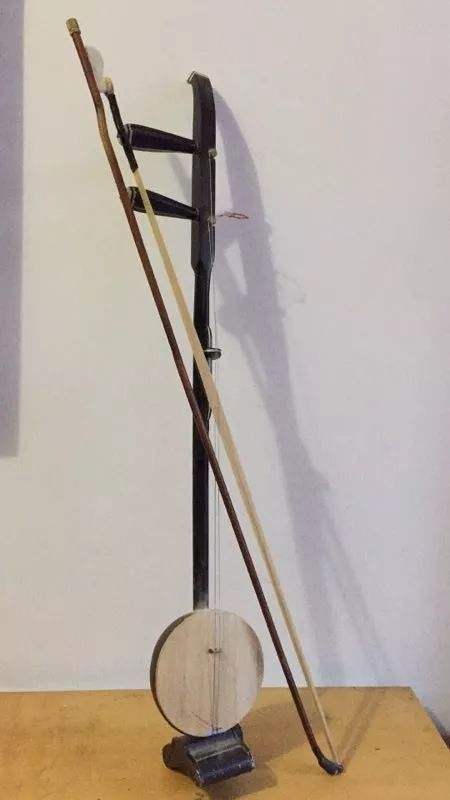The development history of banhu
Banhu is a kind of stringed instrument with a history of more than 300 years in China. The timbre is high, firm, and has strong penetrating power. It is the main accompaniment instrument for northern opera and rap, and can also be used for ensemble and solo.

Its name comes from the fact that the qin barrel is made of thin wooden boards, and it was also called the banqin in the Qing Dynasty.
After the 1950s, it was used for solo and instrumental ensembles. It is deeply loved by the majority of people and is popular in the provinces of Northwest China, North China and Northeast China, especially in Shaanxi, Gansu, Shanxi and other provinces. At first, banhu was mainly popular in northern China, and many local operas and folk arts, such as Hebei Bangzi, Pingju, Henan Opera, Qin Opera, etc., all used banhu as the main accompaniment instrument.
After the founding of New China, with the efforts of musicians and instrument makers, the production technology of banhu has also developed greatly, and many new varieties have joined the "banhu family".
With the development of banhu shape, Banhu's performance skills are also constantly improved, and its expressiveness has become more colorful. It has become an indispensable characteristic instrument in Chinese national bands and a solo instrument with strong local characteristics. vocal accompaniment.
 渝公网安备 50010702504639号
渝公网安备 50010702504639号